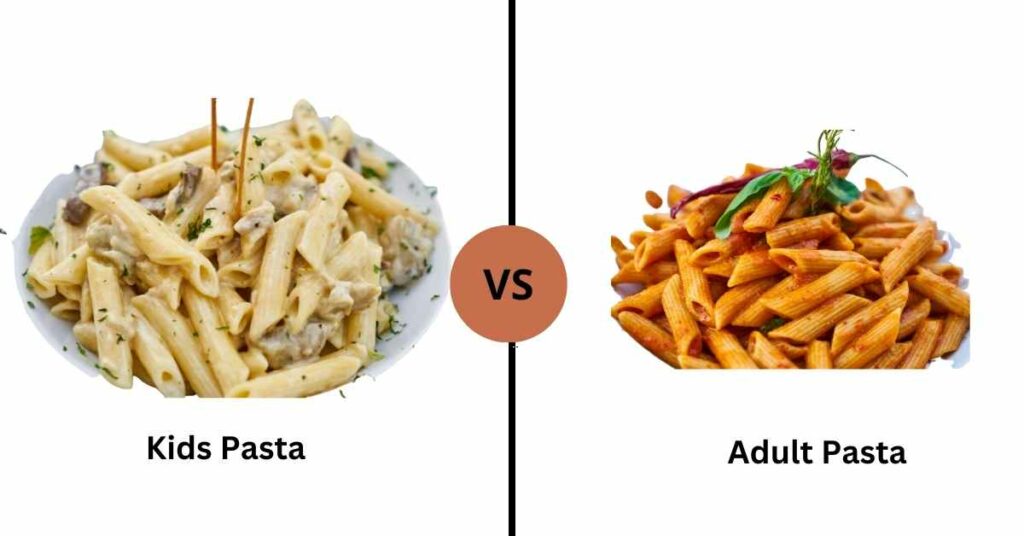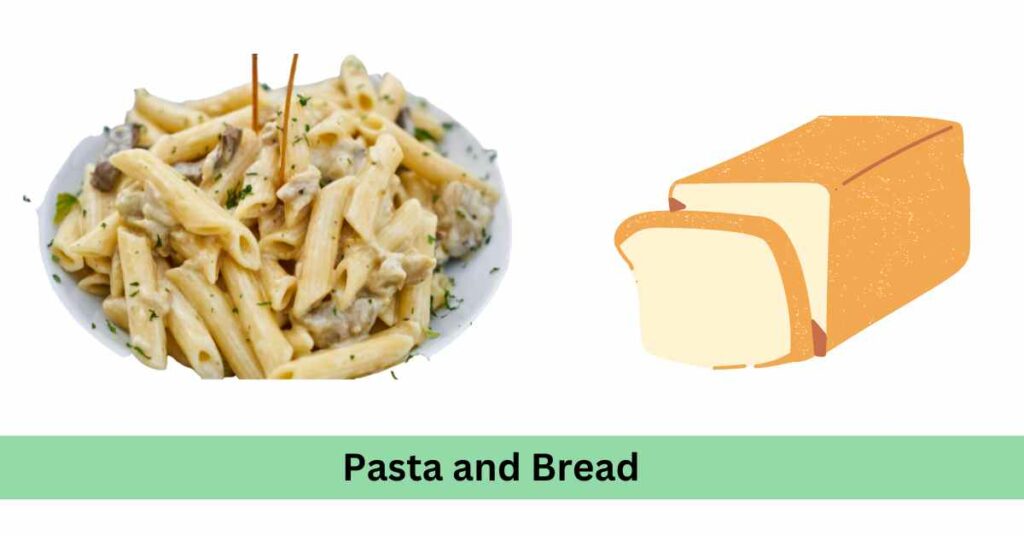Introduction
Most of us have heard about Pasta, and have tasted it as well. Since pasta is easily available and not that hard to prepare, we consume a lot of pasta in our day-to-day life.
Pasta, which is a quick and easy meal to prepare, is a
the signature dish of Italy. This Italian cuisine is considered as a good source of carbohydrates and dietary fiber. Pasta is typically shaped into various forms, such as long strands (e.g., spaghetti), tubes (e.g., macaroni), or flat shapes (e.g., lasagna sheets). Durum wheat semolina or flour, water, and occasionally eggs are the main ingredients used to make pasta.
History
This versatile food has a long and complex history that predates its association with Italian Cuisine. Dishes made of dough-like ingredients were popular among the ancient Etruscans and Romans. However, Italy is frequently cited as the origin of pasta in its present form. The Italian city of Naples was instrumental in the Middle Ages’ rise in the popularity of pasta. Naples, with its special climate and accessibility to durum wheat, which is perfect for creating pasta dough, became a center for the manufacture of pasta. From there, pasta became a gastronomic sensation and influenced a variety of regional cuisines as it traveled throughout Italy and beyond. Explorers, traders, and colonizers introduced pasta to new regions during the Age of Exploration.
Regarding its popularity, pasta is quite famous all over the world and widely distributed around the globe. Italy, European countries like France, Spain, and America, and Asian countries like China and Japan are deeply into pasta.
One of the astounding aspects of pasta is the sheer variety of shapes and sizes it comes in. Every taste and culinary invention has a pasta shape to fit it, from the long, thin strands of spaghetti to the hollow tubes of penne. To mention a few, ravioli, tortellini, rigatoni, linguine, and fettuccine are some of the more well-liked kinds. It’s fun to experiment with different pasta varieties in the kitchen because each one has a distinctive texture and sauce-holding capacity.
Pasta can replace many junk foods like pizza, burgers, noodles, chips, and many more. Eating pasta is a healthy habit compared to these junk foods. However, limits should always be maintained.
Pasta is a versatile food that can be served in many different ways and is rich in dietary fibers, a good source of energy, and easy to digest. Thus this can be a very important food for growing children. Further, pasta is a food that most kids enjoy. It is often served in fun shapes and colors, which makes it appealing to young children. Thus, children eat more pasta.
Also Read: How to Make Rava Upma | South Indian Upma Recipe
Nutrition in Pasta
While refined, enriched pasta tends to be higher in iron and B vitamins, whole-grain pasta is often higher in fiber, manganese, selenium, copper, and phosphorus. In comparison to refined pasta, whole-grain pasta has fewer calories, more fiber, and more of a few key elements.
Pizza contains a mix of nutrients such as protein, carbohydrates, fats, and calcium. But pizza is high in saturated fats due to cheese and processed meat toppings, which can increase cholesterol levels as well as risk for heart disease.
A single hamburger contains 500 calories, 25 grams of fat, 40 grams of carbs, 10 grams of sugar, and 1,000 milligrams of sodium. Junk foods are full of calories, fat and excess sodium, and having it even once can be bad for us compared to pizza which has less sodium and calories.
Kids Pasta vs Adult Pasta

We know kids prefer sweet rather than hot and spicy. However, most adults are into spicy things. Therefore, Kid pasta dishes often feature mild and kid-friendly sauces like butter or cheese. Kid pasta typically has a simplistic design, and frequently comes in recognizable shapes like macaroni or alphabet letters in order to lure the children with the familiar shapes .
Adult pasta, on the other hand, adopts a more refined and daring approach. It includes a wide range of pasta shapes, including stuffed and long strands, and serves them with a choice of vibrant and savory sauces. Adult pasta dishes may incorporate ingredients like seafood, spicy sauces, or a medley of fresh vegetables.
Kids Pasta Ingredients
Kids’ pasta consists of ingredients like
1.Pasta (e.g., macaroni, penne, rotini)
2. Tomato sauce or marinara sauce
3. Cheese (e.g., cheddar, mozzarella, Parmesan)
4. Vegetables (e.g., carrots, peas, bell peppers)
5. Ground meat (e.g., beef, turkey, chicken
6. Milk or cream (for creamy pasta dishes)
6. Chicken broth or vegetable broth
7. Sweet corn
8. Parmesan cheese (for topping)
9. Mushroom slice
10. spices and veggies as per the choice.
Keep things straightforward and delicious when preparing spaghetti for children. While the traditional toppings of tomato sauce, cheese, and ground beef are always popular, you can also mix things up by including some vegetables like spinach or broccoli. Try substituting pesto sauce or Alfredo sauce for the tomato sauce if you want something more daring.
Kids Pasta Recipe
Use the above-mentioned ingredients and follow these steps to prepare quick and easy delicious pasta for your kids.
1. First of all boil the water and put the macaroni in the pot. Boil the pasta until the desired tenderness is achieved.
2. On the side, heat the olive oil in the pan on medium heat.
3. Add the onion and garlic and cook until softened about 5 minutes. Here you can add other veggies like carrots and peas.
4. Pour the tomato sauce or marinara sauce into the skillet and stir to heat it through.
5. The sauce should boil for 10 minutes or until it thickens.
6. Add the cooked pasta to the skillet with the sauce. Stir well to coat the pasta evenly with the sauce. The pasta should be drained and then added to the sauce.
7. Add salt and pepper and cheese according to your desired taste. Pasta should be stirred one more until the cheese is melted and evenly distributed after being sprinkled with grated cheese.
8. If desired, you can add cooked ground meat, or sliced sausages to the pasta. Simply mix them in and heat them until they are warmed through.
9. Stir to coat, then plate.
Can We Eat Pasta With Bread?

Of course, we can eat pasta with bread. In fact, it is so common to eat pasta and bread together. People frequently use bread in Italy to scoop up any sauce that is left over from their pasta dishes. “Fare la scarpetta” is how you say this. One main reason is that it can help to fill you up. Pasta is a carb-rich food, and bread is also a carb-rich food. So, eating both of them together can help you to feel more full. Further, Pasta is a versatile food, but it can sometimes be a bit bland. Adding bread can help to add some flavour and texture to the meal.
And some just like the combo of pasta and bread. While selecting the bread choose a crusty bread that will soak up the sauce well.
Benefits of pasta
- It is versatile.
- It is easy to cook.
- It is affordable.
- It is a good source of nutrients.
- It is healthy.
How Much Pasta Is Good For Kids?
In addition to providing fiber, B vitamins, and some protein, pasta is a fantastic energy source, which is crucial for developing children. Pasta has a low calorie and fat content. Pasta eaters have a better nutrient intake than kids who do not eat pasta. This is because you add nutrition to the pasta very easily. The best thing about pasta is that it can be a vehicle for any other foods like vegetables, lean protein, and healthy fats like olive oil.
Kids should consume pasta according to age and activity level. A decent serving size of cooked pasta for children is typically 2 to 5 tablespoons. This is roughly equal to two ounces of dried pasta.
The recommended pasta serving sizes for children are listed below.
- Toddlers (1-2 years old): 2-3 tablespoons
- Preschoolers (3-5 years old): 3-4 tablespoons
- School-aged children (6-12 years old): 4-5 tablespoons
- Teenagers (13-18 years old): 5-6 tablespoons
These are just general guidelines. However, the actual amount of pasta that a child needs will vary depending on their individual needs.
Final Verdict
The majority of the world’s population finds pasta to be a delightful and healthy cuisine. This food is adaptable in many parts of the world and can be prepared in a number of different ways. As pasta is easy to prepare, affordable, and healthy it is often cooked in many of our kitchens. On the other hand, this food is liked by all age groups including both children and old age people. Therefore, pasta is more in demand.
Pasta is like a blank canvas. With the correct ingredients and imagination, a simple dish can be elevated to artistic status. There are no restrictions on what you can make with pasta, regardless of your level of cooking expertise. So, the next time you’re in the kitchen, let your creativity run wild and see what you can create.

